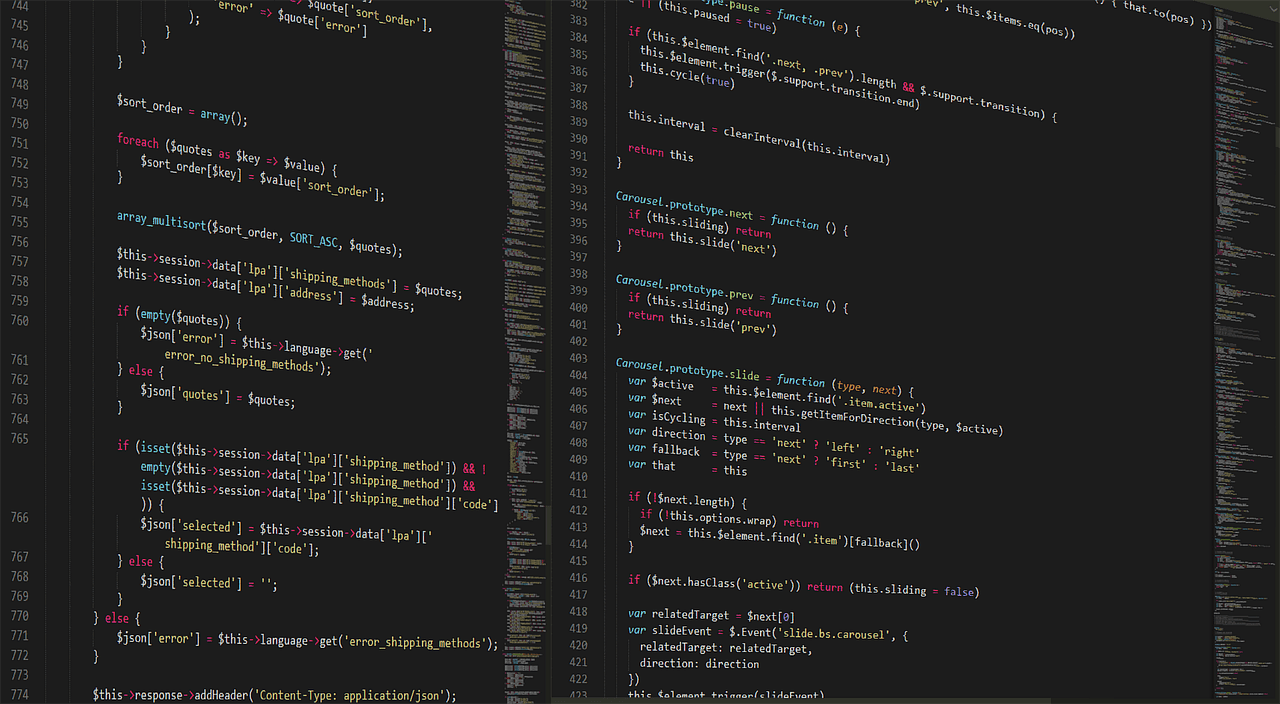Understanding Python Data: A Comprehensive Guide to Data Types and Their Applications
Estimated reading time: 7 minutes
- Gain a solid understanding of Python data types and their usage.
- Learn practical examples that illustrate data handling in Python.
- Explore tips for optimizing the use of data types in Python applications.
- Discover additional resources for deepening your Python knowledge.
Table of Contents
- Overview of Python Data Types
- 1. Numeric Data Types
- 2. String Data Types
- 3. Sequence Data Types
- 4. Mapping Data Types
- 5. Set Data Types
- 6. Boolean Data Type
- 7. None Type
- 8. Binary Data Types
- Use of Data Types in Python
- Practical Takeaways for Python Developers
- Conclusion
- Call to Action
- Legal Disclaimer
Overview of Python Data Types
Data in Python is not just a simple entity; it’s the various structures that hold information within a program. As a dynamically-typed language, Python determines the type of a variable at runtime based on the assigned value (source). Below is a comprehensive overview of the core data types available in Python:
1. Numeric Data Types
int: Represents whole numbers (e.g., 1, 2, 3).float: Represents decimal numbers (e.g., 3.14).complex: Represents complex numbers (e.g., 3 + 4j).
2. String Data Types
str: Represents sequences of characters, also known as Unicode strings (e.g., “Hello, World”).
3. Sequence Data Types
list: An ordered collection of items that can be of varied data types (e.g.,[1, 2, "hello"]).tuple: An ordered and immutable collection of items (e.g.,(1, 2, 3)).range: Represents a sequence of numbers (e.g.,range(1, 10)).
4. Mapping Data Types
dict: An unordered collection of key-value pairs (e.g.,{"name": "John", "age": 30}).
5. Set Data Types
set: An unordered collection of unique items (e.g.,{1, 2, 3}).frozenset: An immutable and unordered collection of unique items (e.g.,frozenset([1, 2, 3])).
6. Boolean Data Type
bool: A type that can hold one of two values:TrueorFalse.
7. None Type
None: Represents the absence of a value.
8. Binary Data Types
bytes: A sequence of integers in the range of 0 to 255 (e.g.,b'hello').bytearray: A mutable sequence of integers in the same range.memoryview: A buffer interface for manipulating binary data.
Use of Data Types in Python
Effectively using data types is crucial for writing efficient Python programs. Each type supports specific operations tailored to different contexts, making it easier for developers to choose the best structure for their data management needs—whether in data analysis, web development, or scripting.
Example Use Cases
Example 1: Basic Operations with Numeric Types
Here’s how to perform basic operations using numeric types in Python:
# Addition of integers
a = 2
b = 3
print(a + b) # Output: 5
# Multiplication of floats
c = 4.5
d = 2.0
print(c * d) # Output: 9.0
Example 2: Manipulating Lists (Sequence Type)
Lists are incredibly versatile. Here’s how to create and manipulate a list:
# Create a list
my_list = [1, 2, 3]
# Append an item
my_list.append(4)
print(my_list) # Output: [1, 2, 3, 4]
# Access an item
print(my_list[0]) # Output: 1
Example 3: Dictionary (Mapping Type) Operations
Dictionaries are key-value pairs that offer a lot of functionalities:
# Create a dictionary
person = {"name": "Alice", "age": 30}
# Access a value by key
print(person["name"]) # Output: Alice
# Update a value
person["age"] = 31
print(person) # Output: {'name': 'Alice', 'age': 31}
Practical Takeaways for Python Developers
Understanding different data types is not just an academic exercise; it has real-world applications and implications. Here are several actionable tips for Python developers looking to use data types effectively:
- Use Appropriate Data Types: Different data types store and handle data efficiently. For instance, use integers for counts but strings for names.
- Optimize Performance: When handling large datasets, prefer using
tupleoverlistwhere immutability is needed, as tuples require less memory and are faster for iterating. - Choose Sets for Uniqueness: When unique elements are required, use sets to avoid duplicates automatically.
- Leverage Dictionaries for Fast Lookups: Keep data in dictionaries when you need fast lookups based on unique keys rather than iterative searches.
Conclusion
Python’s diverse set of data types positions it as an exceptionally versatile language suitable for various programming tasks. Understanding these types is essential for any developer aiming to create efficient and effective Python applications.
For further learning and deeper exploration, resources like the official Python documentation, W3Schools, DigitalOcean, and Programiz offer detailed tutorials and examples on utilizing Python data types effectively.
Call to Action
Are you ready to deepen your Python knowledge? Explore more about Python programming, data handling, and advanced concepts by browsing through our extensive library of articles, tutorials, and guides at TomTalksPython.
Legal Disclaimer
Please consult a professional before acting on any advice or information presented in this article to ensure it applies to your specific situation and needs.
By immersing yourself in these foundational concepts of Python, you take the first essential steps toward becoming proficient in this programming language. Happy coding!
